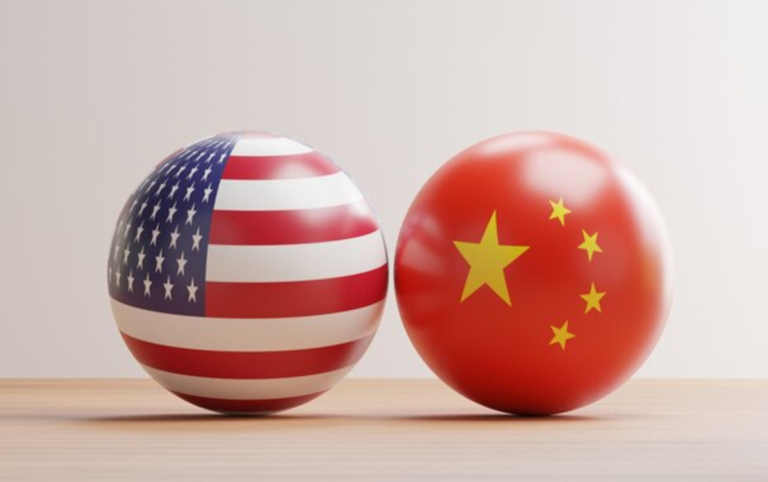Nike’s Stock Suffers: Foot Locker Woes and China Slowdown Drive Toward Record 10th Consecutive Loss
Concerns Mount as Nike’s Stock Drops Around 2.5%: Potential 10-Day Losing Streak Looms
Wednesday was the 10th day in a row that Nike’s stock went down. This happened after Foot Locker reported bad quarterly results and customers kept staying away from the shoe companies.
During the day, the sneaker company’s stock dropped about 2.5%. If shares go down at the end of the day, Nike would have lost money for 10 days in a row for the first time since it went public in 1980.
Most people think of Nike as the best retailer in its field. It is likely to report revenue at the end of the month. Its main business is selling shoes, which has been tough for a few months.
In the past few months, consumers, especially millennials who are about to start paying back their student loans, have spent less on soft goods like clothes and shoes and more on services and activities.
“The U.S. customer is becoming more picky about what they spend their money on. “We’ve heard companies talk about wallet share shifting toward services and experiences and away from discretionary, where people are becoming much more selective,” Rick Patel, a retail expert for Raymond James, told CNBC.
“There is also more worry about what the second half of demand will look like when student loan payments start up again in October. We’re talking about a customer who is already under pressure because of inflation and will be under even more pressure in the fall,” he said.
Patel said that comments from department stores, sports clothing shops, and two of Nike’s most important wholesale partners, Foot Locker and Dick’s Sporting Goods, about slow sales of activewear could also be weighing on its stock.
Foot Locker’s sales dropped again for another quarter, and the company lowered its outlook for the second time this year, just five months after putting it out there for the first time. The company said that the bad results were due to a slowdown in consumer spending, especially among its target group of people with low to middle incomes.
“Looking back to March, when we laid out our Lace Up plan and our long-term goals, we had just had a good holiday season and hadn’t yet seen the full impact of the macro environment on our lower-income customers,” CEO Mary Dillon said on an investor call.
“This became much clearer in the second quarter, when things like back-to-school sales were not as good as they had been. We started to have trouble with store traffic and conversions at the end of the first quarter. Those problems continued into the second quarter because our customers were still careful with their extra money, she said.
Even though Dick’s Sporting Goods missed its top and bottom lines on Tuesday for the first time in three years, shoe sales are still good. A bright spot in an otherwise poor report was what the company called “tremendous growth” in the area.
China’s slow and uneven growth could also be hurting Nike’s price. The store does about a third of its business there, and if the economy slows, its business could suffer.
“The negative macro data coming out of China are making the investors we talk to more worried about the country’s future,” said Patel.
China’s economy, which is the second biggest in the world, is falling, according to data that came out in July. Retail sales were up only 2.5% from the year before, and youth unemployment has soared.
Street Account says that Nike’s earnings report for its fiscal fourth quarter, which finished on May 31, showed a 16% increase in sales in the region to $1.81 billion. This was better than Wall Street’s prediction of $1.68 billion.
At the time, John Donahoe, the CEO of Nike, told experts that it’s “clear” that Chinese customers are coming back and that the Nike and Jordan brands are doing well in the country.
But it’s not clear if that growth will continue and what the results will be when Nike next reports earnings.
Also Read:







